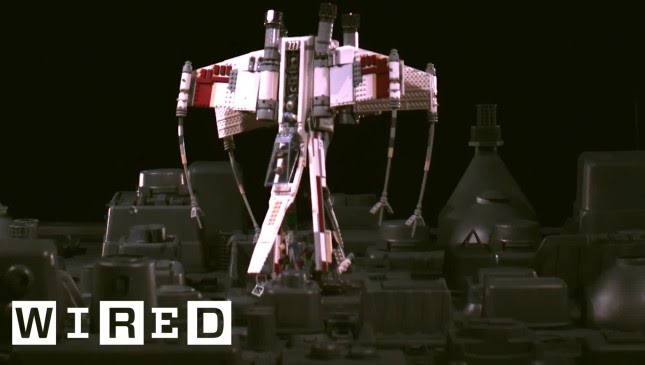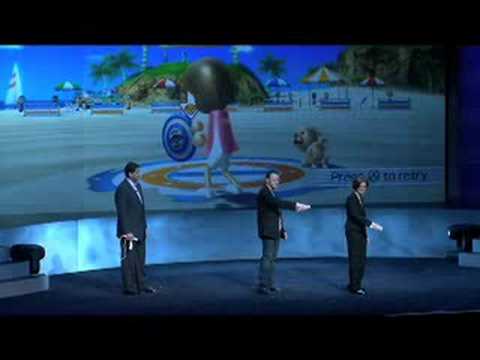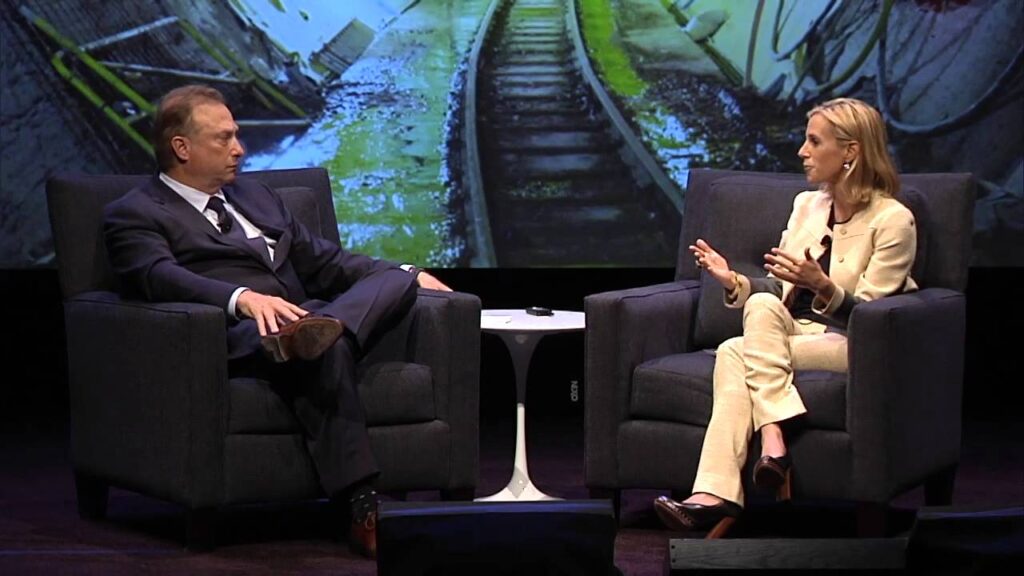Asteroid Diversion: Methods and Importance of Planning
Summary
In this article, we discuss various methods for diverting asteroids from colliding with Earth, the potential impact of an asteroid collision, and the importance of planning and preparing for potential asteroid collisions to avoid catastrophic consequences. We also explore the upcoming DART mission and other methods for diverting asteroids.
Table of Contents
- Double-ended ion engine spacecraft for asteroid diversion
- DART mission to change the orbit of a moonlet around a binary asteroid system
- Potential impact of asteroid collisions on land versus in water
- Different sizes and compositions of asteroids that could cause different levels of destruction
- Importance of planning and preparing for potential asteroid collisions
Double-ended ion engine spacecraft for asteroid diversion
One method for diverting asteroids from colliding with Earth is to use a spacecraft with a double-ended ion engine to embed the exhaust into the surface of the asteroid. This would create a small amount of thrust that could potentially change the asteroid’s trajectory enough to avoid a collision. This method is still in the experimental stage and has not been tested on an actual asteroid.
DART mission to change the orbit of a moonlet around a binary asteroid system
The upcoming DART mission, set to launch in November 2021, aims to change the orbit of a moonlet around a binary asteroid system. The mission will involve crashing a spacecraft into the moonlet at high speed to change its orbit and study the effects of the impact. This method could potentially be used to divert larger asteroids from colliding with Earth in the future.
Potential impact of asteroid collisions on land versus in water
The potential impact of an asteroid collision on land versus in water can have significant differences in the level of destruction caused. An asteroid impact on land could cause widespread devastation, while an impact in water could cause a tsunami that could potentially affect coastal regions. The location of impact and the size and composition of the asteroid can also impact the level of destruction.
Different sizes and compositions of asteroids that could cause different levels of destruction
Asteroids come in different sizes and compositions, and the level of destruction caused by an impact can vary greatly depending on these factors. Smaller asteroids may burn up in the Earth’s atmosphere and cause minimal damage, while larger asteroids could cause widespread destruction. The composition of the asteroid can also impact the level of destruction, with some asteroids containing more volatile materials that could potentially cause more damage.
Importance of planning and preparing for potential asteroid collisions
Given the potential catastrophic consequences of an asteroid collision with Earth, it is crucial to plan and prepare for such an event. This includes developing methods for diverting asteroids, studying potential impact scenarios, and developing emergency response plans. By taking proactive measures, we can potentially avoid a catastrophic event and protect our planet from the dangers of asteroid collisions.
Conclusion
Asteroid collisions with Earth have the potential to cause widespread devastation, and it is crucial that we take proactive measures to prepare for such an event. Methods for diverting asteroids, such as the double-ended ion engine spacecraft and the upcoming DART mission, offer potential solutions for avoiding a collision. By studying potential impact scenarios and developing emergency response plans, we can protect our planet from the dangers of asteroid collisions.







